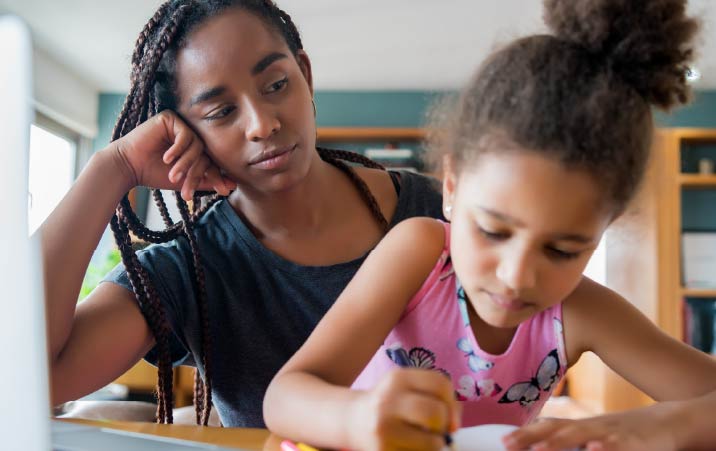Around the world, innovative means of teaching and learning have emerged from the pandemic that, if continued, could offer hope to transform how we learn for the better.
Even before the pandemic, there were concerns about the global extent of learning poverty – the share of children who can’t read and understand a story. School closures combined with escalating poverty are set to increase global inequality. But there are programs that can help – Bridge Kenya is one.
Adapting education and training models can help address both the loss of education and skills during the pandemic, and the inequalities in education that were previously present.
Edtech start-ups bridging the gap
Take edtech in India; as millions of students have been prevented from attending school, education has shifted to online and many of India’s edtech start-ups were able to meet the demand. For example, Byju now has 80 million users. The upsurge has been stark and impact investors such as Omidyar Network are accelerating these innovations by funding and supporting edtech ventures, some of which also focus on job placement for students who have recently left education. By working with employers to understand their needs, platforms are tailoring their courses accordingly. For instance, specific skills such as hygiene and healthcare have become particularly important in the past year, and online skills training programs have been able to adapt their programs.
Reskilling for a sustainable future
While school closures have largely been responsible for the rise in online education, the user base of educational platforms has expanded to include those seeking help with skills training. While there is nothing new about the desire of business leaders to make their business more sustainable – Deliveroo, for instance, has been plagued by worries over the risks to its sustainability model – the upheaval in education has put the spotlight back on reskilling for a sustainable future. Simulation-based training is one way. Whole works, based in the USA, has pioneered this type of training for business leaders, promoting the idea that practice is just as important as learning the concepts. If this practice can be done online, more people are able to join.
A year of disrupted education could have massive implications for the foreseeable future. The long-term price tag of lost education is valued at US$10 trillion in labour earnings. But there’s no shortage of people and ideas eager to contribute to the global recovery. Pushing forward with blended ways of learning will better prepare today’s schoolchildren and the workforce of the future – and also inform how ongoing professional learning may take place. To get here, more funding is needed. It’s critical that we aspire not to return to the ‘old normal’ but instead use the disruption to ensure the education of the future is more innovative, accessible and sustainable.
Courtesy –
Expanding global education access
By partnering with local cyber cafes, Bridge Kenya is enabling more children in Kenya access to education online. This is not just a trend. The model has proved so successful that children who were not pupils at Bridge Kenya have now enrolled, making education more accessible than ever before. In rural areas with little access to computers or smartphones, new solutions are popping up such as projectors and audio training.
COURTESY – ET NEWS








